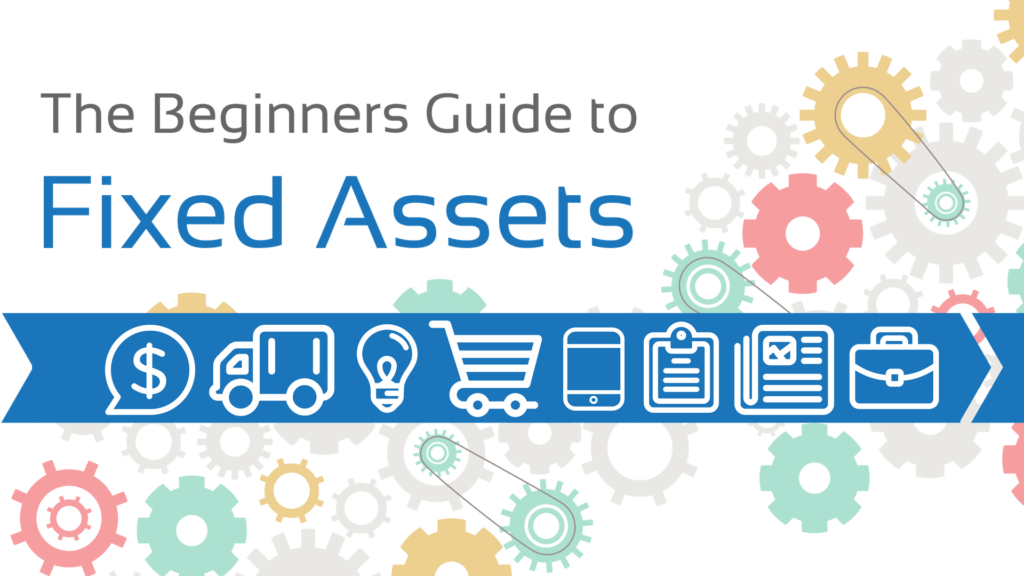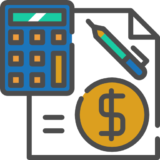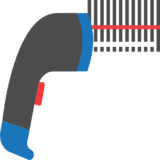
The why, who, and how. Basically, all you need to know about this precious guide.
Why do you need this guide?
Fixed assets management is a very critical and complicated topic. You start googling and you go through the hassle of finding a concise ABC guide that fills you right in.
We made this guide to help you understand the broad concepts behind fixed assets and their management techniques. You will not find any simpler material on the Internet covering a broad topic such as fixed assets. Fixed assets are involved in any business activity ranging from small to large scale organizations. As soon as the operation of any business starts, the need for investing in fixed assets is vital and early planning is very crucial. This is why we think that this concise guide will help you
Who is this guide for?
We made this guide to be as simple as possible to serve as a small handbook to professionals and non-professionals alike. It boosts your learning curve if you’re a newcomer.
Whether you work for large corporates or for a small startup, this guide will be your assistant to help you in the technical jargon behind fixed assets management. IT specialists who want to learn about fixed assets and raise awareness in their companies about the topic can also find this guide invaluable. You don’t need any prior knowledge to complete this guide and gain a good understanding of fixed assets.
How to read this guide?
This guide is built in five chapters, each builds knowledge in a specific aspect of fixed assets. The sequence of the chapters is constructed in a way that covers the lifecycle of the assets, i.e. since the time a company recognizes a need for them till the time where assets are no longer in use and need disposal.
You can read the topics that interest you, however, it’s recommended that you walk through the chapters from 1 to 5.

Introduction to Fixed Assets
Fixed assets are valuable items in a company, items that are intended to be used for a relatively long time. They’re vital for a business to sustain operation. This chapter will introduce you to the criteria used to recognize fixed assets from other types of assets. It will walk you through classification methods and help you understand how different types of business are maintaining their asset portfolios. This chapter will also present you with highlights on important accounting and financial standards and their recommendations to manage fixed assets.

Budget, Procure and Capitalize

Chapter 2 takes you through the planning phase of a project and explains how fixed assets budgeting is made. It also discusses the importance of implementing a framework or a policy for procurement. You will also benefit from reading about leasing vs. buying comparison and their pros/cons. You’ll then be introduced to capitalization concepts and review the needs for having a capitalization policy as well as learning about real-life examples.
Depreciate and revaluate
You will learn about an important fixed assets accounting term: Depreciation, and the purpose of using it. The chapter will walk you through many depreciation methods and where to use each and equip you with everything you need to know while reviewing numerical examples. You will also be informed about the importance of asset revaluation and will review best accounting practices and procedures in revaluating tangible assets and the outcome of these procedures.

Count, track and reconcile

Chapter 4 highlights the importance of fixed assets counting, best practices, verification, pros/cons of each and will review the use of a sound fixed assets management system for automating the job. You will review the technologies used to track physical assets as well as account tracking and the importance of binding the two. This chapter will walk you through the topic of asset reconciliation: an approach to keep accounting records (general ledger) up to date. In this chapter, you’ll be able to recognize the difference between ghost and zombie assets and will learn how to lift these assets off the losses.
Test impairment and dispose
Impairment of an asset occurs when the carrying amount exceeds its true value in the market. Companies are required to test their assets regularly to uncover any indicator of impairment. International standards are set to address the impairment of fixed assets and recommend best practices to test for impairment. Impairment tests, however, may suggest the necessity of disposing assets. Disposal involves all the activities required to remove accounting records of long-lived assets, of course, only after performing a recoverability and impairment tests.

